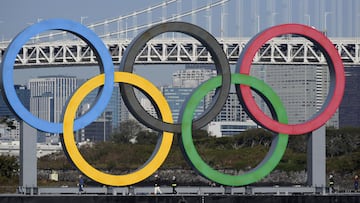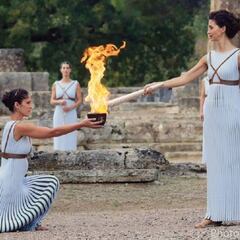Why are there five Olympic rings and what do they stand for?
Explanation, history, and connotation behind one of the most emblematic symbols of the biggest multi-sport competition in the World, held every four years.


The Olympic symbol – known as the Olympic rings – is the visual emblem of Olympism for billions of people. It is based on a design first created by Pierre de Coubertin, the forefather of the modern Olympic movement. He defined that the five rings represent the five parts of the world now won over to the cause of Olympism and ready to accept its prolific rivalries. What is more, the six colors accordingly combined reproduce those of all nations without exception.
Olympic Games news:
- What is the Olympic motto and who said it?
- What athletes have won the most Olympics medals?
- Why are Olympics named like that? Origin and meaning
Definition
The definition, which is also part of the Olympic Charter, Rule eight says: "The Olympic symbol consists of five interlaced rings of equal dimensions (the Olympic rings), used alone, in one or five different colors. When used in its five-color version, these colors shall be, from left to right, blue, yellow, black, green, and red. The rings are interlaced from left to right; the blue, black, and red rings are situated at the top, the yellow and green rings at the bottom by the following graphic reproduction."
Meaning
Within the same Rule, it is also explained the meaning of the symbol: "The Olympic symbol expresses the activity of the Olympic Movement and represents the union of the five continents and the meeting of athletes from throughout the world at the Olympic Games."
History
Related stories

Why are Olympics named like that? Origin and meaning
The Olympic rings were introduced in 1913, but they did not have their first appearance until the seventh Olympiad in Antwerp 1920. Then, for the first time, the rings were set on the white background of the Olympic flag.
The Olympic rings are a cornerstone of the Olympic properties, which comprise a variety of assets: the Olympic symbol, flag, motto, anthem, identifications, designations, emblems, flame, and torches, or as they are collectively referred as "Olympic properties." To preserve the integrity and authority of the Olympic properties, particular guidelines are at the disposal to provide direction for their use while ensuring their visibility and inclusiveness.